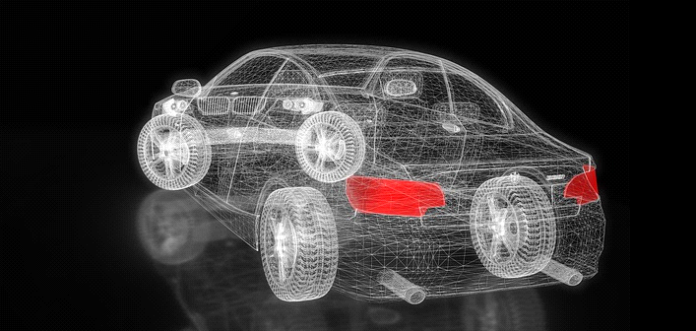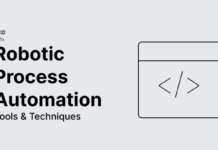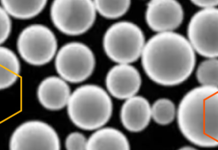3D printing is a huge industry now developing at a particularly fast rate with the market doubling every three years. It is estimated that there are over 420 thousand 3D printers in the United States alone. In the midst of the coronavirus pandemic, it was 3D printing that came to the rescue for many public workers by allowing hundreds of thousands of face masks to be printed for what amounted to a volunteer army, including 600 printers being put to use to help the British NHS.
As time goes on, economies of scale and the rapid development of technology are combining to bring costs down and to make 3D printing technology more affordable to everyone. And with the technology becoming more and more available, that means that more innovation is coming too.
We’ll certainly see 3D printing technologies becoming increasingly prevalent in a variety of industries, including the automotive. After all, transportation is an always growing, essential sector with a lot of potential for adopting new technologies that make it more efficient and sustainable. We’ll explore what 3D printing has to offer to car manufacturers and automotive companies in 2020 and beyond.
The Applications of 3D Printers in the Car Industry
3D printing is already being used by many manufacturers as a routine part of operations. For example, Ford is using 3D printing to create parts for the Mustang Shelby GT500, largely for the purposes of creating and testing different prototypes to identify which designs are the most aerodynamic. The vehicle also includes two structural 3D-printed parts in the brakes and has satisfied all Ford and industry requirements and guidelines.
Volkswagen, meanwhile, is using 3D printers to create custom tools for its production line, something which is said to have cut tool production costs by 90% while cutting down on costly delays.
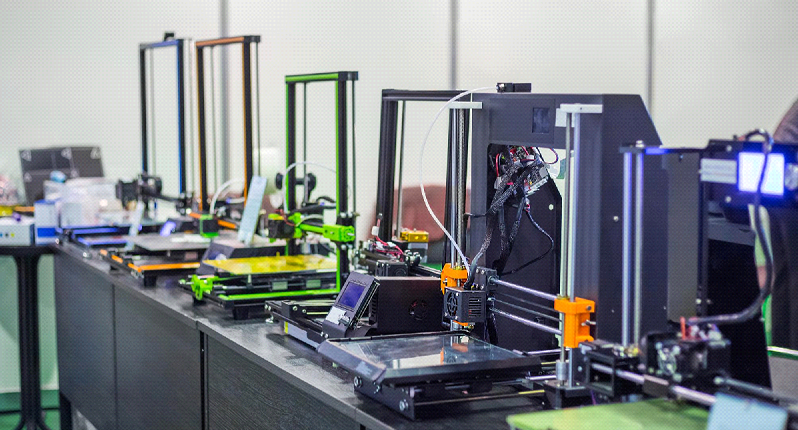
One of the interesting things about 3D printing in the car sector is that it can be applied across the entirety of the market. Used in budget vehicles, it can help keep the costs down, while in luxury vehicle manufacturing, it can make these cars more comfortable. Even motorsports teams rely on 3D printing to get the best possible chance of success in competitions.
The Future of Automotive 3D Printing
Another big advantage of 3D printing is that the printed parts can be fully customised.
Personalisation is a buzzword across all sorts of industries, and as much as personalised 3D printing can be used to help to create prosthetics specifically designed for a given patient, in the automotive world it allows manufacturers to create personalised vehicles or parts.
Of course, achieving this level of personalisation on a large scale is still challenging, but that hasn’t stopped companies from taking steps in the right direction. Some are even looking at the possibility of 3D printing entire vehicles. Many are predicting that the future of vehicle manufacture will revolve around 3D printed electric vehicles.
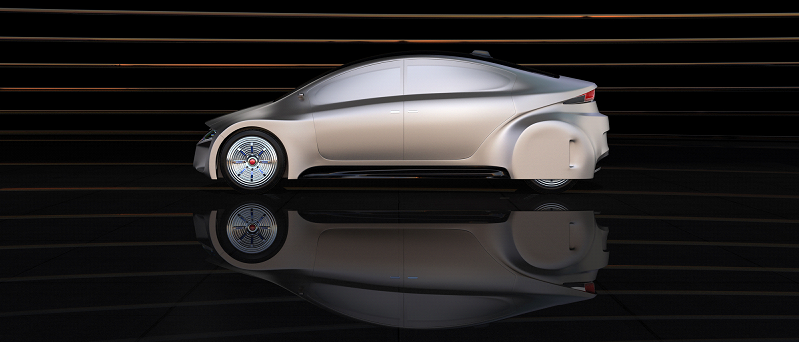
And it’s not just the future of vehicles that 3D printing is well suited for. Classic car enthusiasts are also turning to the technology to print spare parts and replacements for their vehicles. It’s cheaper, it’s often easier, and in many cases it’s the only option. If the parts are no longer being manufactured then 3D printing may be your only option.
And we haven’t even talked about motorcycles, trucks and other motorised vehicles. The truth is that 3D printing will be as disruptive as self-driving cars and the production line, and it’s the automotive manufacturers who take advantage of the trend who’ll come out on top.
Conclusion
Nothing is 100% when it comes to new technologies, and 3D printing is no different. There are many possible scenarios as to what exactly the future of 3D printing will bring, but we can make a pretty good guess by looking at where we are now and what the latest trends are. Ultimately, 3D printing is a great opportunity, and the automotive companies will probably have to adopt the technology on a larger scale if they want to survive and thrive. If you’re in the car sector and want to future-proof yourself then it’s a good idea to embrace and understand 3D printing today.
